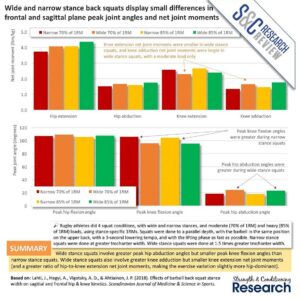2 LEG SQUATS – RESEARCH
Click on Image to Enlarge
1
RESEARCH
SQUAT VARIATIONS – REVIEW
– Including Moment Arm Research
Squatting Variations – Beardsley
#1. Bar position (front or back)
– Although some studies have found minimal differences between front and back squat variations in terms of the levels of muscle activation of the prime movers, those that have found differences tend to favour:
(1) front squats for the quadriceps
(2) back squats for the hip extensors
– Thus, when using the squat to develop the quadriceps muscles for bodybuilding, the front squat is likely a better option.
#2. Bar position (high or low)
– Traditionally, when using back squats, it has been assumed that the high-bar position allows greater quadriceps activation, while the low-bar position allows greater hip extensor muscle activation.
– Nevertheless, more recent research indicates that the differences in quadriceps activation between the high-bar and low-bar positions are quite small (despite the heavier weights used in the low-bar squat variation)
– However, the differences in hip extensor activation are substantial. Thus, when using the squat to develop the hip extensors muscles for bodybuilding, the low-bar squat is likely a better option.
2
#3. Range of motion
– Historically, it was believed that deeper squats required a greater contribution from the gluteus maximus. However, this conclusion was drawn because the contribution of the adductor magnus muscle was not measured
– More recent research has shown that the gluteus maximus actually reduces its contribution with increasing squat depth, while the contribution of the adductor magnus increases greatly.
– This occurs because the gluteus maximus has poor leverage in higher degrees of hip flexion (at the bottom of the squat) but very good leverage close to full hip extension (standing upright, at the top of the squat).
– In contrast, the adductor magnus has good leverage in higher degrees of hip flexion and poor leverage close to full hip extension.
#4. External resistance type
– The external resistance type used during a squat variation affects the relative contributions of the various muscles in the same way as the range of motion, because it similarly alters where in the exercise range of motion the exercise is most difficult.
– Using elastic resistance moves the difficult part of the exercise to the top of the exercise range of motion, and therefore requires the greatest challenge from the gluteus maximus.
– Also, because the quadriceps are the limiting factor at the bottom position of the squat, using free weights instead of elastic resistance increases the ratio of quadriceps to hip extensor contribution.
#5. Stance width
– The stance width used during back squats influences the ratio of hip extensor-to-knee extensor joint moments, such that the wide stance exercise variation is more hip-dominant than the narrow stance exercise variation.
#6. Loading
– The relative load used during back squats influences the ratio of hip extensor-to-knee extensor joint moments.
– As loads are increased, the relative contribution of the hip extensors increases, while the relative contribution of the knee extensors decreases.
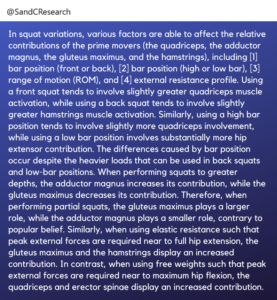
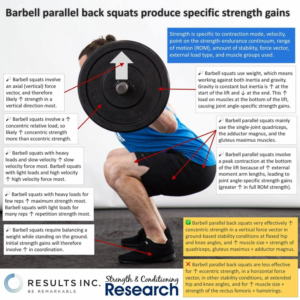
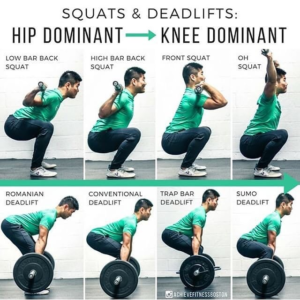
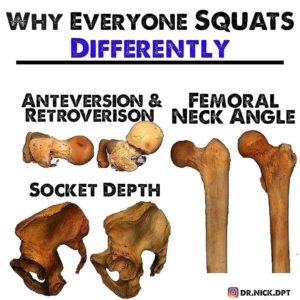

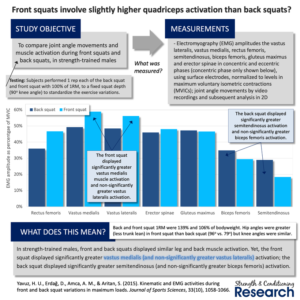
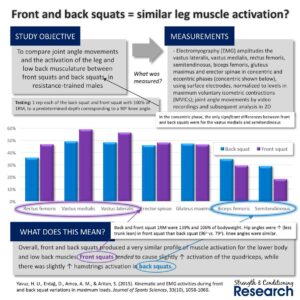
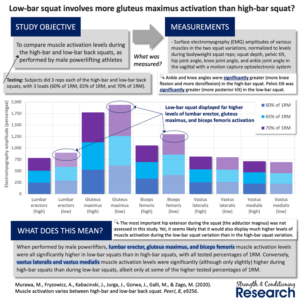
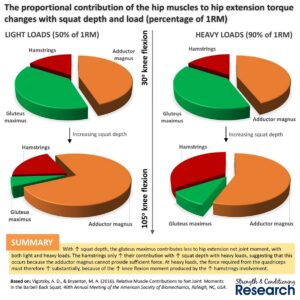

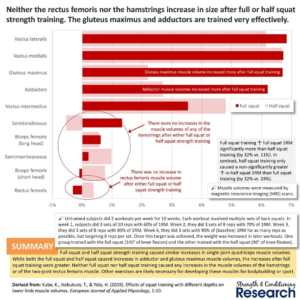
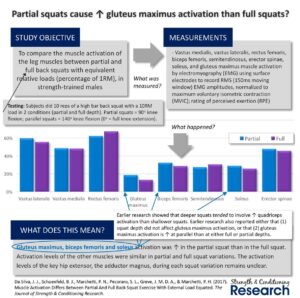
 3
3
